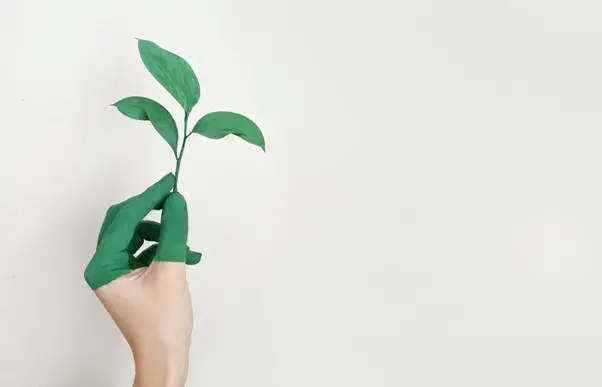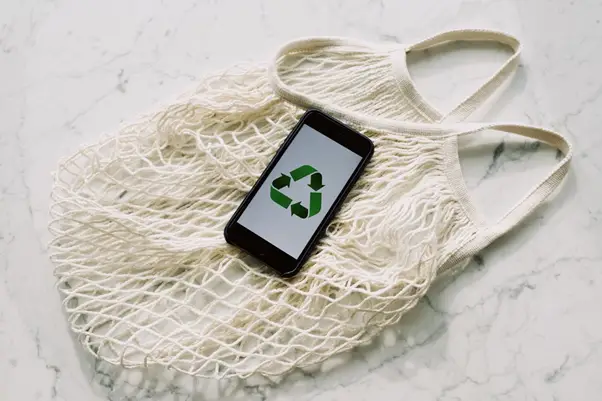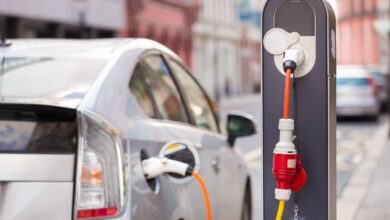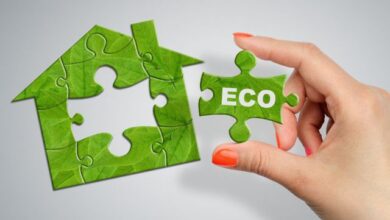A Guide to Making More Eco-Friendly Choices in Your Everyday Life

Sustainable living is a way of life that limits individual and societal use of the Earth’s natural resources. Sustainability refers to the need to balance human needs with what the environment can offer, as well as to ensure that natural resources will be available in the future.
Therefore, it is crucial to recognize that environmental awareness is closely related to our entire existence, not just what we eat or wear. Environmental awareness can be seen in simple everyday habits.
If you are trying to make as many eco-friendly choices as possible in your daily life, then this article is for you. Continue reading because we have prepared for you an excellent guide on how to succeed in it in the easiest way.
Plastic Is a Big No
Today, plastic packaging and products that cannot be recycled dominate. Many people lack recyclable items, especially in the kitchen and in terms of food and drink storage. But if we want to follow an environmentally conscious lifestyle, we have to change that. It’s a good idea to replace plastic storage containers with eco-friendly bamboo options. It’s really worrying if we think about how many plastic items we use. A good solution is to choose metal or glass straws that can be recycled. Remember that small actions and changes are what make the difference.
Eco Beauty
In the beauty industry, there is also waste and a burden on the environment. Limitless plastic packaging with creams, cosmetics, and hygiene products dominates. An excellent choice would be to choose cosmetics with wooden or glass packaging and use a bamboo toothbrush instead of a plastic one. As for shampoo and conditioner, you should also take into account their composition and packaging. Choose vegan and well-researched ones. Of course, it would be good to be careful if the cosmetic products were tested on animals because there are many companies that do not hesitate to experiment on innocent creatures to make their cosmetics.
Recycling
Recycling should never be the first solution we reach for. Although recycling prevents part of the waste from ending up in landfills, waste processing also requires resources, and recycling plants themselves can be a source of pollution. That’s why it’s important to try to use or upcycle everything before resorting to recycling. However, for that part of the garbage for which such a thing is not possible, it is good to know how we can recycle it.
In order for a material to be recycled, it needs to be disposed of in an appropriate place. Some municipalities and cities have waste triage containers, so citizens can throw paper, metal, plastic, or glass into an adequate container. If such containers are not available to you, there is also the possibility of getting in touch with a recycling plant, whose employees will explain to you where you can dispose of recyclable waste. However, not all objects made of the mentioned material are suitable for recycling. Paper waste can only be recycled if it is not plasticized cardboard or if there are no stickers or adhesive tape on the cardboard. Metal recycling only includes beverage cans, but not food and meat cans. From plastic packaging, we can send plastic beverage or oil bottles and their caps for recycling. Glass recycling includes the recycling of glass bottles, containers, and jars.

Slow Fashion
Did you know that the fashion industry is the biggest polluter worldwide? Not only the producers are to blame for this pollution, but also the customers. In the constant race for the latest models and current trends, we have come to the point where pieces of clothing are only worn a few times before moving on to the next one. The result of this bad habit is reflected in piles of discarded clothing in landfills, in air and water contamination in the countries where clothing for the world’s biggest brands is produced, and in poor conditions for their workers. There is an alternative. Instead of frantically buying a wardrobe, try to choose a smaller number of pieces and support local designers whose original creations you will wear for several seasons.
Another ecological alternative in the field of fashion is a second-hand wardrobe. By shopping in second-hand stores, you will help the planet, and you will also get clothes that no one else has.
Zero Waste
The most we can do for our planet is to try to leave behind as little trash as possible. We can achieve this by more rational disposal of what we already have and by using as few disposable products as possible. So it is not advisable to take bags in the store (not just the one at the cash register but also for fruit and other products we buy to order). Although stores have started charging for plastic bags, many consumers are making up for it by picking up bags in the fruit and vegetable section.
Instead of putting a kilogram of apples in a separate plastic bag, take a cloth bag with you or simply measure the apples without the bag and stick the label on the apple itself. When you come to the checkout, put the products in the bag you brought from home.
There are also countless apps that contribute to the problem of garbage disposal, where many manufacturers make and sell interesting products from materials that would otherwise be thrown away.
Follow Your Feet
Air quality largely depends on us. In addition to being the biggest industrial polluters, cars are a big problem, primarily in cities. If you are able, use the nice weather to take a break from the car and move to your desired destination on foot or by bicycle/scooter. If we are talking about longer routes, it is better to use public transport than to go alone by car (of course, when the health situation does not require distance and avoid crowds).
There are many ecological alternatives, and it may seem that they are not easy to implement. However, the will is important! Step by step, you will see for yourself that it is not difficult to be kind to the planet and that our small gestures can contribute to its betterment.





